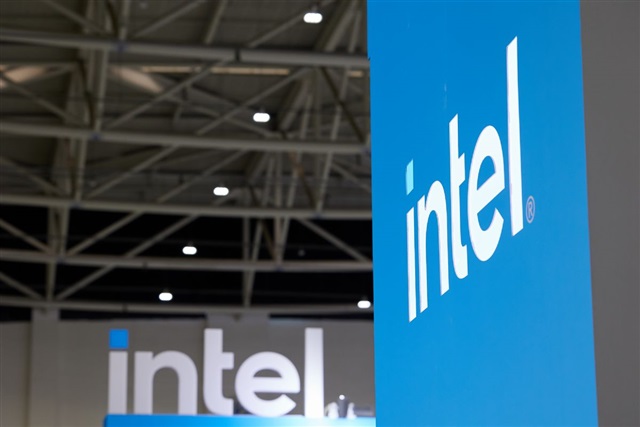Intel's grip on the server CPU market is slipping, with Advanced Micro Devices (AMD) closing the gap at a pace that may soon bring the once-dominant chipmaker to parity. As Intel grapples with uncertainty around the future of its 14A (1.4nm) node development and contends with Samsung's recent win of a major wafer order from Tesla, AMD is poised to deliver another blow with its second-quarter earnings, scheduled for release on August 5 in the US.
The once-lucrative server processor business, long a profit engine for Intel, has come under sustained assault from AMD. Analysts warn that the company now finds itself at a critical inflection point as AMD's continued gains raise concerns over Intel's long-term competitiveness.
Profit margins under pressure
Intel's data center business has seen a marked decline in profitability. Once boasting strong double-digit operating margins, the unit has seen its margins fall to single digits in recent years. This erosion has significantly contributed to Intel's mounting losses, particularly in the wake of its aggressive capacity expansion efforts.
AMD, under the leadership of CEO Lisa Su, has methodically chipped away at Intel's dominance since launching its EPYC server processors in 2017. With each successive generation, AMD has steadily expanded its market share, offering higher core counts and superior performance-per-watt—attributes that continue to resonate with enterprise customers and hyperscalers alike.
Intel shipments in freefall
According to SemiAnalysis, Intel's Xeon server CPU shipments have been in steep decline since peaking in 2021. By 2024, volumes had fallen below half of that high-water mark, reaching their lowest level in 13 years. AMD's introduction of the EPYC Naples processor in 2017, based on its Zen architecture, broke Intel's longstanding stranglehold by delivering a significant leap in multithreaded performance.
Subsequent Zen iterations, combined with advanced manufacturing and packaging partnerships with TSMC, particularly at nodes below 7nm, have continued to bolster AMD's position. At the same time, Intel has faced ongoing delays at its 10nm node and continues to trail TSMC in both process technology and time to market.
Market share momentum
PassMark data indicates AMD's share of the server CPU market has surged past the 50% threshold in recent quarters—a dramatic leap from just 20% not long ago. Mercury Research noted earlier this year that AMD not only reached record market share but also set a new high for server CPU revenue contribution, approaching 40%.
Intel, for its part, acknowledged in its second-quarter earnings call that it now holds roughly 55% of the server CPU market, a steep drop from the 85–95% range it once commanded. Executives conceded that the company underestimated the value of simultaneous multithreading in high-performance computing and is now focused on narrowing the performance gap.
Diamond Rapids and 18A
Intel's roadmap to reclaim market share hinges on its upcoming Diamond Rapids server CPUs, part of its broader push into the 18A process node, which will underpin at least three generations of future client and server chips. The company is also counting on the launch of Panther Lake by the end of 2025 to restore credibility in its process technology.
Executives said Diamond Rapids may see a launch delay of up to six months, while its successor, Coral Rapids, is tentatively slated for 2029. Intel is currently reviewing its product roadmap and has pledged closer collaboration with hyperscale and enterprise customers during early development phases to realign offerings with market needs.
Despite the intensifying competition, Intel maintains that the strength of the x86 ecosystem remains a stabilizing force. However, reclaiming lost ground will require significant execution across both product and process dimensions.
Source: Intel; compiled by DIGITIMES, August 2025
Article edited by Jack Wu


